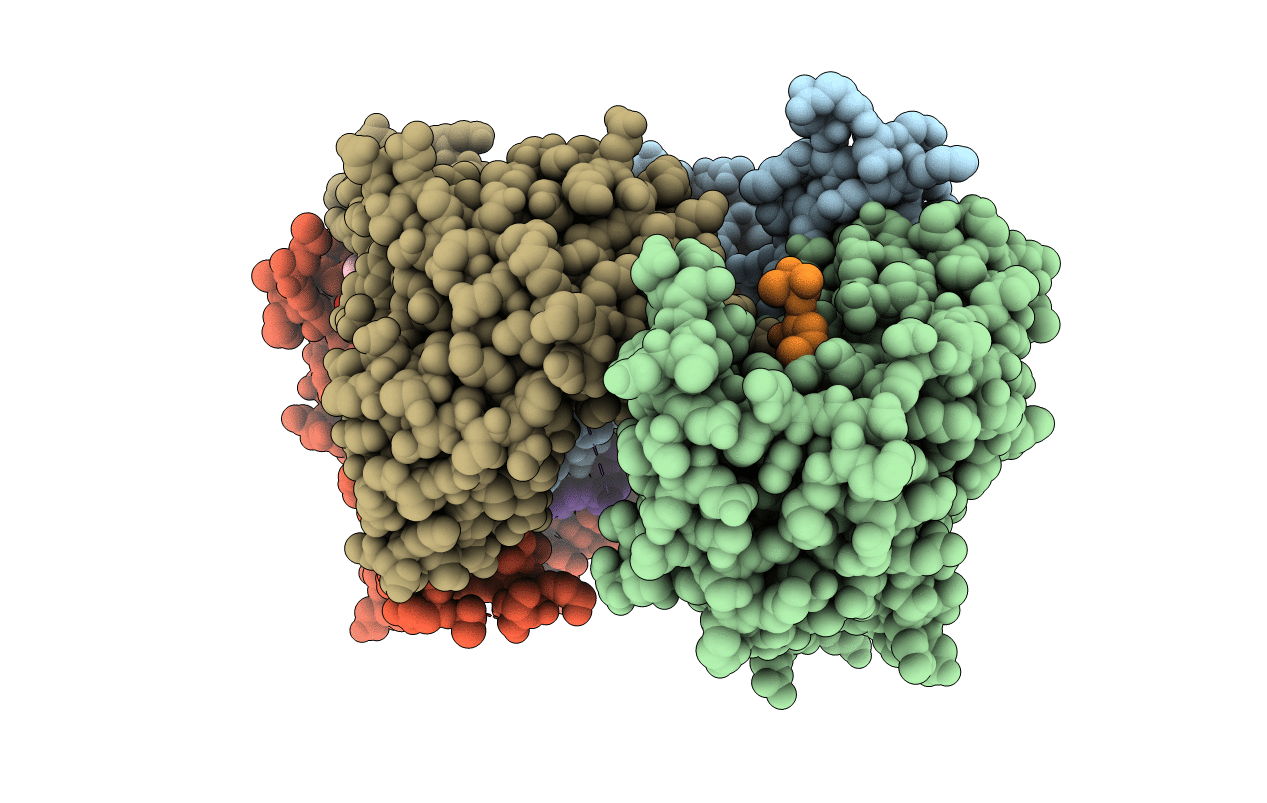
Deposition Date
2018-08-20
Release Date
2018-10-24
Last Version Date
2024-11-13
Entry Detail
PDB ID:
6HEP
Keywords:
Title:
Crystal structure of human 14-3-3 beta in complex with CFTR R-domain peptide pS753-pS768
Biological Source:
Source Organism:
Homo sapiens (Taxon ID: 9606)
Host Organism:
Method Details:
Experimental Method:
Resolution:
1.86 Å
R-Value Free:
0.25
R-Value Work:
0.20
R-Value Observed:
0.20
Space Group:
P 21 21 21


